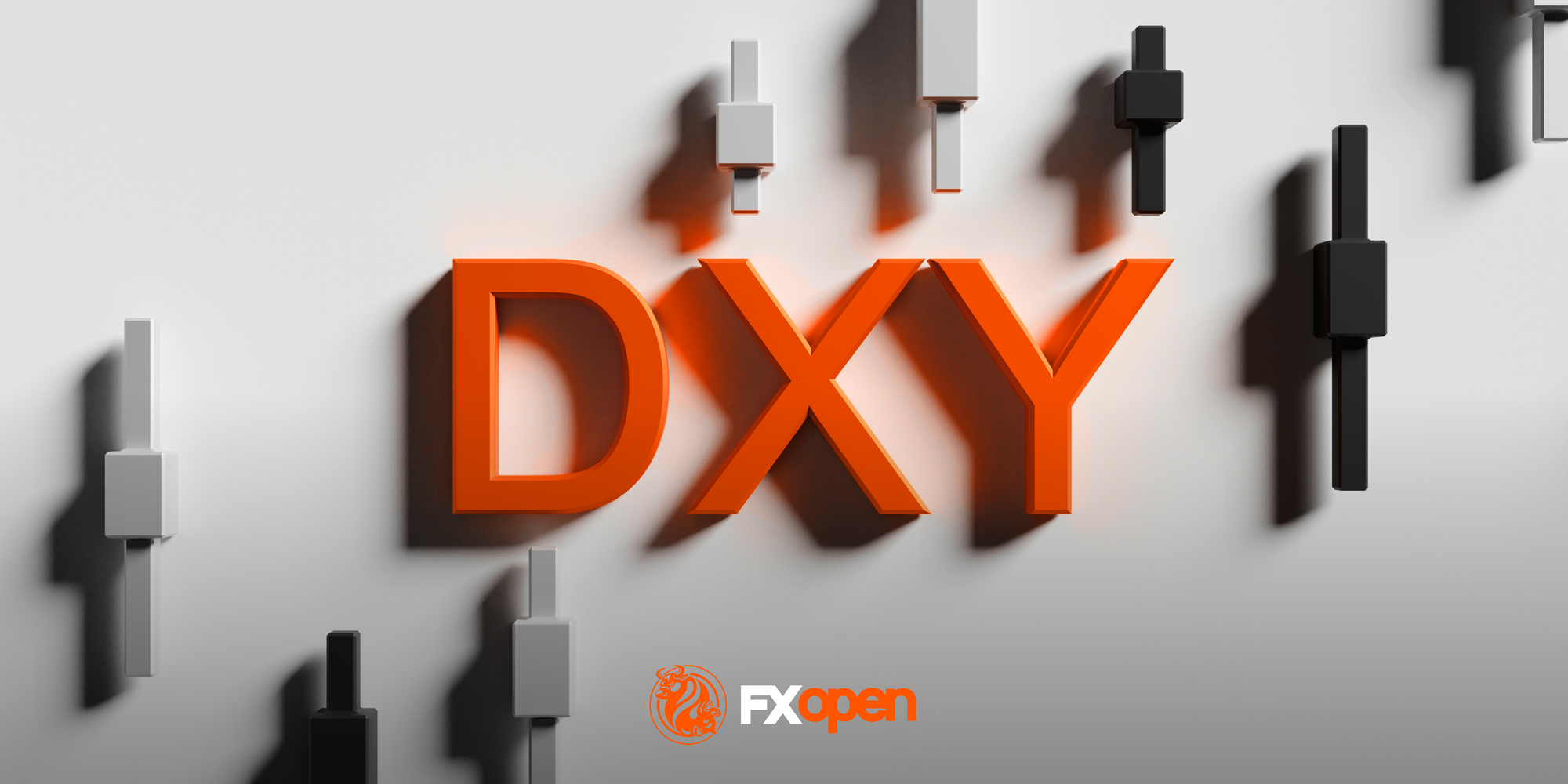FXOpen

As shown by the XAU/USD chart, on Friday, 5 July, the price of gold rose above the $2390 level for the first time since 22 May. According to Reuters, this increase occurred following the release of key US employment data, which indicated a softening labour market, raising expectations of a Federal Reserve interest rate cut in September.
However, yesterday, Monday, the gold price fell to $2360 per ounce – the level from which Friday's ascent began. This suggests that the bulls were unable to maintain control over the market, which indicates a bearish sign.
Could the Gold Price Decline in the Coming Days?
From a technical analysis perspective of the XAU/USD chart:
- The gold market has clear support around the $2300 area. Each time the price fell below this level in June (as indicated by arrows), it quickly rebounded upwards, demonstrating sustained demand.
- Price action since April provides enough reference points to establish a descending channel (shown in red). The recent bearish reversal returned the price within this channel, reinforcing resistance from its upper boundary.
- There is also reason to believe that the bullish breakout of local resistance (shown in black) might be false.
Therefore, signs of seller activity in the $2380-2400 range suggest that the gold price could continue to decline towards the important support at $2300.
External Influences on the Gold Market
The head of the Federal Reserve, Jerome Powell, is likely to have a significant impact on the gold market. Powell will testify before Congress, starting with an appearance in the Senate on Tuesday at 17:00 GMT+3, followed by the House of Representatives on Wednesday at 17:00 GMT+3.
If Powell hints directly or indirectly at signs of weakness in the US economy, this could provide a positive impulse for the gold price. In such a scenario, expectations of an imminent rate cut may increase (currently, according to CME’s FedWatch Tool, the probability of a September rate cut is estimated at 77%). The attractiveness of non-yielding gold bars typically rises in a low-interest-rate environment.
Start trading commodity CFDs with tight spreads. Open your trading account now or learn more about trading commodity CFDs with FXOpen.
This article represents the opinion of the Companies operating under the FXOpen brand only. It is not to be construed as an offer, solicitation, or recommendation with respect to products and services provided by the Companies operating under the FXOpen brand, nor is it to be considered financial advice.
Stay ahead of the market!
Subscribe now to our mailing list and receive the latest market news and insights delivered directly to your inbox.








